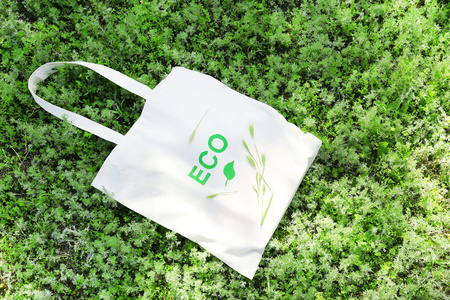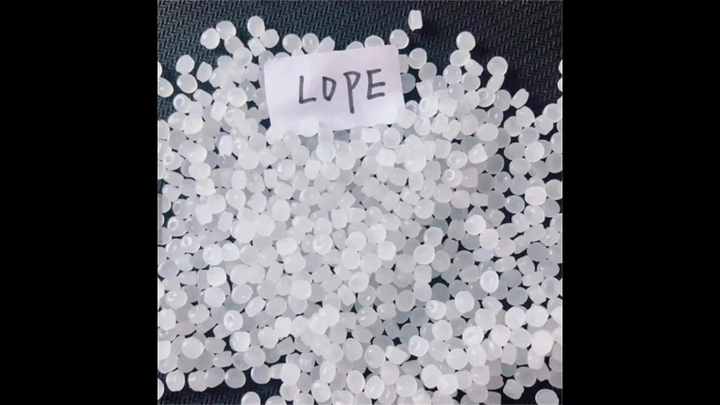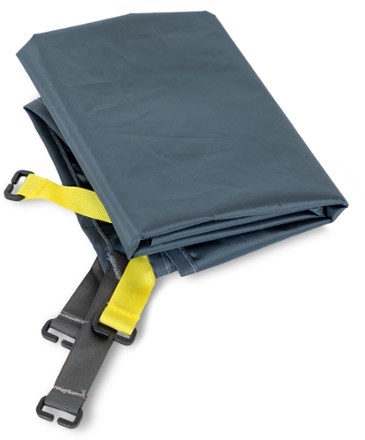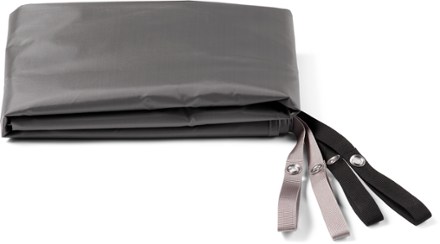The Role of Recycled Materials in Outdoor Gear and Clothing

A Deeper Look at
Recycling in Outdoor Gear.The familiar phrase “Reduce. Reuse. Recycle.” takes
on even more significance for those of us who cherish the outdoors. By
incorporating recycled materials into outdoor products, we reduce the need to
extract raw resources, conserve energy and water, and prevent valuable
materials from being discarded in landfills.
This article explores the role of recycling in outdoor
gear:
- Recycled Plastic (PET Polyester):
One of the most successful recycling initiatives in the industry.
- Other Recycled Materials:
Various materials that are commonly used in outdoor gear.
- Recycled vs. Recyclable:
Understanding the difference and why it matters.
 Recycled
Plastic in Outdoor Gear
Recycled
Plastic in Outdoor Gear
When
shopping for outdoor gear, you'll often see product information highlighting
the percentage of recycled polyester used in the item. Many brands also
advertise how many plastic bottles were diverted from landfills by
incorporating recycled materials. This is because most recycled polyester in
outdoor products starts as plastic bottles.
The
plastic in these bottles is a type of polyester called polyethylene
terephthalate (PET). PET can be "mechanically recycled" by melting it
down and transforming it into new polyester fibers. These fibers are then used
to create fabrics and insulations for various outdoor products.
You
can find recycled polyester in many outdoor items that would otherwise use
virgin polyester, including:
- Jackets and sleeping bags with
synthetic insulation
- Fleece jackets and pullovers
- Water- and wind-resistant
shells for jackets and sleeping bags
- Clothing items such as hats,
gloves, socks, and base layers
- Backpacks and packs
- Towels and blankets
Additionally,
chemical recycling of plastics is a promising technology. This process allows
for the creation of plastics that are chemically identical to virgin plastic,
offering new possibilities for more sustainable outdoor gear. A prime example
of success with chemical recycling is the creation of reusable plastic water
bottles made from recycled plastic.
Other Recycled Materials in Outdoor Gear
Recycled Nylon
Recycling
nylon is more challenging than polyester due to its unique properties.
Additionally, there's not yet a consistent, readily available "raw
material" like plastic bottles for producing recycled nylon. However,
advancements in recycling technologies have made it a viable option for certain
fabrics. Recycled nylon is made from materials such as factory scraps, used
fabrics, and even discarded fishing nets.
You
can find recycled nylon in many outdoor gear items that would traditionally use
virgin nylon. The list of products is similar to that of polyester-based gear,
with one key difference: nylon is rarely used in synthetic insulation
materials.
Other Recycled Materials
While
not as widely used as recycled polyester or nylon, these materials occasionally
make their way into outdoor products:
- Recycled Steel and Aluminum: A large portion of new steel
and aluminum in the U.S. comes from scrap metal and recycled cans. This
practice is so common that many products containing these metals no longer
list recycled content percentages.
- Recycled Cotton, Wool, and
Down: These
natural materials are sometimes recycled or reclaimed, though on a limited
scale. Some outdoor brands are exploring ways to incorporate them into
their products to minimize environmental impact.
- Recycled Paper: Mostly used for product
hangtags and packaging, recycled paper is a common feature in outdoor
products. Brands often highlight the percentage of recycled content on
their hangtags or packaging.
The
origin of recycled materials is also an important consideration. Look for the
term "post-consumer" as it supports recycling efforts by creating a
market for paper that is collected directly from consumers.
Recycled,
or Recyclable?
The
terms "recycled" and "recyclable" are often confused, but
they have distinct meanings in the context of outdoor gear and clothing.
Recycled:
This refers to the materials used in the product when you purchase it. A
product made from recycled materials means that at least some of its components
have been repurposed from previously used materials, such as plastic bottles or
factory waste.
Recyclable:
This term describes what can be done with the product after its lifecycle ends.
A recyclable item can be broken down and processed again into new materials
after you no longer need it. However, whether an item can be recycled depends
on local recycling facilities and whether there's a market for those materials.
Many
outdoor products made with a single material are easier to recycle than those
made with multiple materials, as separating components can be complex.
Additionally, the ability to recycle an item varies depending on your location
and available recycling options.
The
ultimate goal for many brands is to create a circular economy, where products
are designed to be both recyclable and made from recycled materials, ensuring
they are never disposed of in landfills. Some brands are already creating
products specifically designed for recycling at the end of their lifespan, and
we can expect further advancements in the coming years as recycling
technologies improve.
Product
Impact Standards
Some organizations have established Product
Impact Standards that apply to all brands and
products they offer. These standards outline expectations for managing key
environmental, social, and animal welfare impacts. They also highlight preferred attributes—credible, relevant, and impactful features that
promote positive outcomes across product offerings. Organizations encourage
their partners to adopt these practices for their products, including adhering
to the standards mentioned in this article. Look for products with these
features to support more sustainable and responsible ways of manufacturing
gear.




